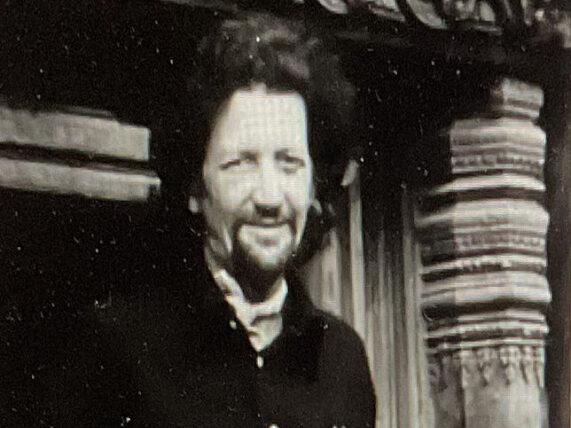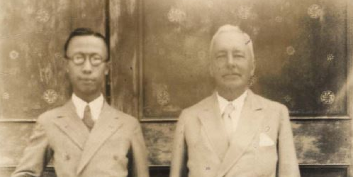39 Vietnamese nationals fall victim to umpteenth case of human smuggling - lorry driver pleads guilty

By Ludovica Longo, Politics and Geography
39 people, identified as Vietnamese nationals, were found dead in a refrigerated lorry in Grays, Essex on 23 October. Eight were women and ten were teenagers. One individual was confirmed to have gone missing from an asylum centre in the Netherlands.
One month after the bodies were found in the lorry, the driver, Maurice Robinson, faced 43 separate offences including manslaughter at the Old Bailey Courthouse in London. On 25 November, Robison pleaded guilty to ‘conspiracy to assist unlawful immigration and acquiring criminal property’ (Essex Police), confirming his role in a global smuggling ring. Robinson is 25 years old and from Northern Ireland.
According to investigations, Robinson had driven the lorry from 17 to 22 October between various cities in Belgium and France, including Dunkirk, Bruges and Lille, before making his final crossing from Zeebrugge to Purfleet on 22 October. Eamonn Harrison, 22 years old and also from Ireland, was another driver of the lorry and was arrested on charges of human trafficking and assisting unlawful migration. He reportedly drove the refrigerated lorry to Belgium.
Vietnamese officials have also arrested eight people for suspected involvement in coordinating human smuggling into Britain. The 39 migrants were initially suspected to be Chinese but were later identified as Vietnamese, with ten traced back to originating from the Ha Tinh province. Their families have been informed but neither the UK nor Vietnam have agreed to cover the costs of bringing the bodies back to Vietnam.
Robison pleaded guilty to ‘conspiracy to assist unlawful immigration and acquiring criminal property’ (Essex Police), confirming his role in a global smuggling ring.
As the circumstances of the migrants deaths become clearer, it remains important to treat this case not as an incident but rather ‘as the logical outcome of border policies that deliberately reduce legal pathways of migration’ reports the Guardian.
Excessive control and enforcement of border security tends to distract from the wider picture and root causes of human trafficking and smuggling. Reports indicate stronger border security is not successful at preventing people from migrating but rather pushes migrants to choose alternative, riskier routes that often result in higher levels of injuries and fatalities.
To exemplify this, consider the following cases: In 2000, 58 Chinese died of suffocation in a sealed container in Dover. In 2014, an Afghan migrant was found dead at Tilbury Docks, Essex, in a shipping container along with 34 other Afghans who survived. In 2015, two migrants were found dead in a wooden crate in a warehouse in Branston. In 2015, 71 people were found suffocated in a truck on a highway in Austria. In 2016, an 18-year-old migrant was crushed while clinging to the underside of a lorry in Banbury, Oxfordshire. Also in 2016, a body was found in Kent in the back of a lorry (BBC). All of these cases highlight the ways in which migrants are pushed into situations that put them at increased risk.
172 countries participate in labor systems valued at $150 USD billion globally, which collectively exploit more than 40 million people per year on a transnational scale, one fourth of which is constituted by child labor.Capitalism and international labor markets will always trump border control efforts and human trafficking and smuggling will continue to exist to fill the transnational need for exploitable labor.
Despite the importance of carrying out criminal procedures against human trafficking and human smuggling, low-level operators in the overall hierarchy of criminalzed networks, such as drivers, are often the only ones to face charges and consequences of their involvment whilst the bigger, international, wealthy actors and systems remain virtually unchallenged.




